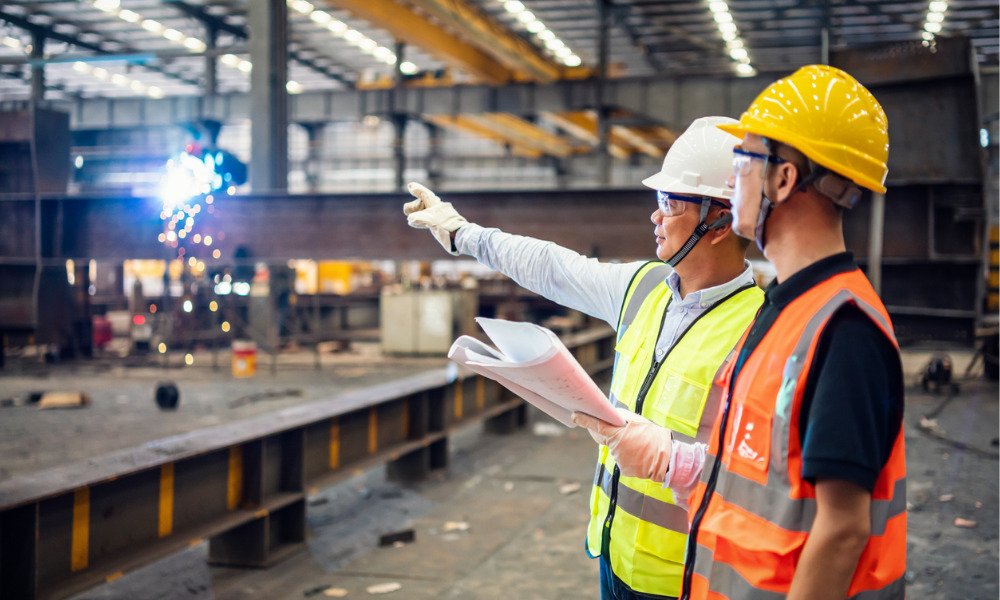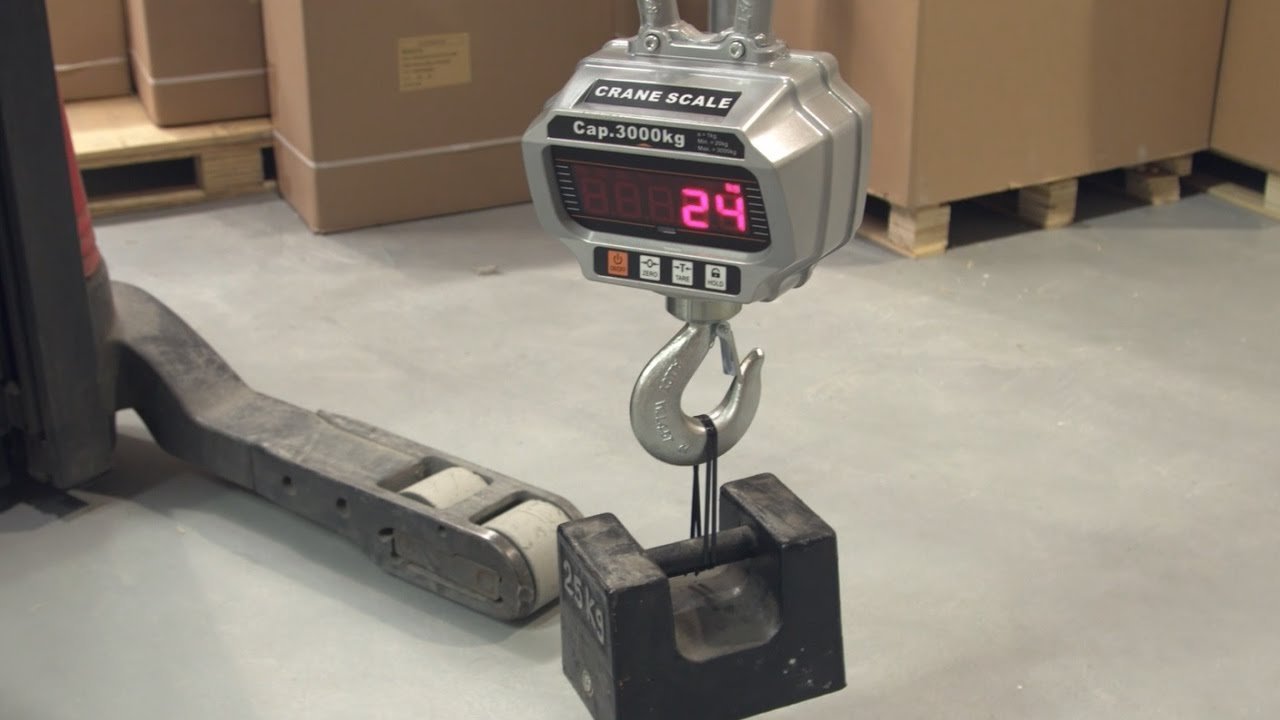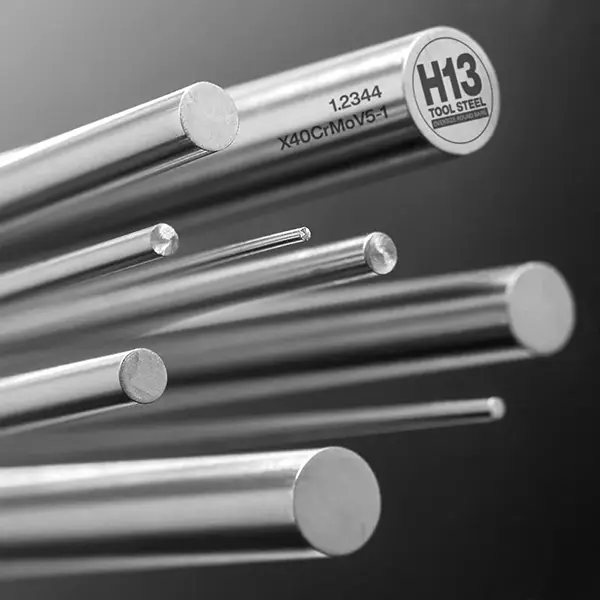Conducting an Occupational Health and Safety (OHS) inspection in Australia is a critical component of maintaining a safe working environment. These inspections help identify potential hazards, ensure compliance with safety regulations, and promote a culture of safety within the workplace.
However, knowing what to look for during an OHS inspection can be overwhelming. To streamline the process and ensure thorough evaluations, asking the right questions can make all the difference. Here are five essential questions to consider when performing an OHS inspection.
What Are the Specific Hazards Present in This Environment?
Understanding the specific hazards present in your work environment is the first step in any OHS inspection. Different workplaces have unique risks based on their operations, equipment, and materials used.
- Identify Common Hazards: Common hazards may include slips, trips, falls, exposure to harmful substances, machinery risks, and ergonomic issues.
- Conduct a Walkthrough: Take a thorough walkthrough of the premises to observe potential hazards firsthand. Engage employees in discussions about their experiences and concerns regarding safety.
By identifying specific hazards, you can tailor your inspection to address the most pressing safety issues within your workplace.
Are Safety Procedures and Protocols Being Followed?
Once you’ve identified potential hazards, it’s crucial to evaluate whether existing safety procedures and protocols are being adhered to by employees.
- Review Safety Policies: Ensure that all employees are familiar with the company’s safety policies and procedures. This includes understanding emergency protocols and reporting procedures for incidents or near misses.
- Observe Behaviour: During the inspection, observe employees as they perform their tasks. Are they using personal protective equipment (PPE) correctly? Are they following established safety protocols?
By assessing compliance with safety procedures, you can identify areas where additional training or reinforcement may be needed.
Is Equipment Being Properly Maintained?
- Equipment maintenance: It is vital for ensuring workplace safety. Faulty or poorly maintained equipment can pose significant risks to employees.
- Check Maintenance Records: Review maintenance records for machinery and equipment to ensure that regular inspections and servicing are being conducted as required.
- Inspect Equipment: Physically inspect equipment for signs of wear and tear or malfunction. Look for any safety guards that may be missing or damaged.
By ensuring that equipment is properly maintained, you can reduce the likelihood of accidents caused by mechanical failures.
Are Employees Trained in Safety Practices?
Training is a key component of workplace safety. Employees must be adequately trained to recognise hazards and respond appropriately in emergencies.
- Review Training Programs: Evaluate the effectiveness of current training programs related to OHS practices. Are they comprehensive? Do they cover all necessary topics?
- Assess Employee Knowledge: Engage employees in discussions about their training experiences. Do they feel confident in their ability to handle emergencies? Are there areas where they feel they need more training?
By ensuring that employees are well-trained in safety practices, you foster a culture of safety awareness that can significantly reduce risks.
How Is Safety Performance Monitored?
Monitoring safety performance is essential for continuous improvement in workplace safety. Understanding how your organization tracks safety performance can help identify trends and areas for improvement.
- Review Incident Reports: Examine records of past incidents or near misses to identify patterns or recurring issues that need addressing.
- Conduct Regular Audits: Implement regular audits of your OHS practices to assess compliance and effectiveness. This can include both scheduled inspections and surprise checks.
By actively monitoring safety performance, you can make informed decisions about necessary changes or improvements to enhance workplace safety. Performing thorough OHS inspections is vital for maintaining a safe work environment and ensuring compliance with regulations. By asking these five essential questions—identifying specific hazards, assessing adherence to safety procedures, checking equipment maintenance, evaluating employee training, and monitoring safety performance—organizations can effectively address potential risks and foster a culture of safety. For businesses looking to enhance their OHS practices or require assistance with compliance matters, partnering with experts like ESM Compliance can provide peace of mind. With extensive experience in essential safety measures across various industries, ESM Compliance is dedicated to helping organizations maintain safe environments for their employees and clients alike. Contact them today to learn more about how they can support your OHS needs!
















Leave a Reply